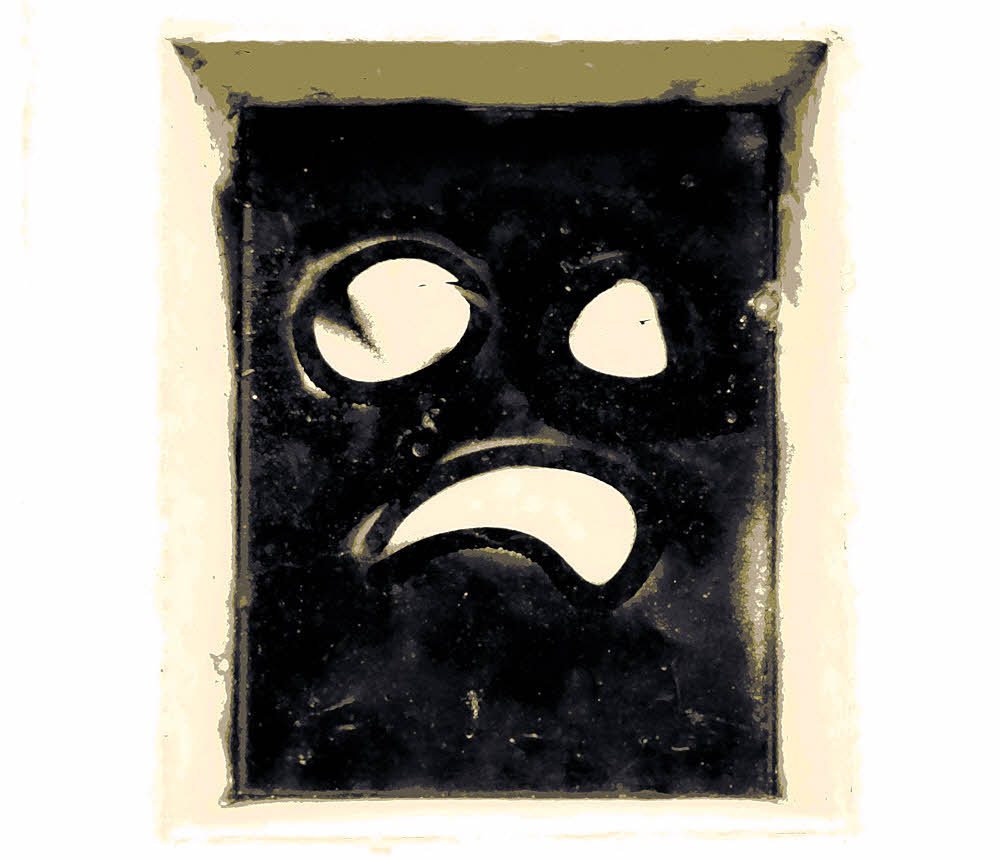
Living on the edge, trailwise, and giving you the dirty shoulder.
(1) Berm?
Yes. There is often a slight ridge or lip along the outside or down-slope-side of a trail. That's a berm.
It is like a curb on a street.
It is higher than the center of the trail.
It can be soil, rock, wood, or any other debris that has collected on its own, or if the trail was improperly designed or built, the berm was there from the beginning, and it shouldn't be. (Since it's messy and all, and allows water to collect on the trail.)
Berms will develop from the tramping of thousands of feet in big gnarly boots even if the trail was originally set up right.
The tread in the center of the trail gets compacted with use, and soil gets eroded and displaced to the sides of the trail when the trail is loved to death. Eventually some maintenance has to be done to remove the berm and heighten the tread, and make everything all neat and tidy again.
Berms trap water on trails, keeping them muddy and soft, and that speeds erosion too.
(2) A low, narrow layer or mound of sediment deposited on a backshore by storm waves.
(3) And...on a trail a berm is a curve in the trail where the outside of the curve is higher (banked) than the inside of the curve to allow for easier and faster turning with a bike or on skis. A berm is also any raised mound of earth.
(4) "Berm" is also a misspelling of "brem", which is a Balinese rice wine. (Who said that dyslexia can't be fun?)
In some cases brem can be handier than berm. Make that most cases.
But you may not be able to get brem easily, even in Bali.
See, the deal is that this is real Balinese food and real Balinese food is kept away from tourists because it takes too long to make and has to be done up in large quantities, and tourists are often dicks anyway. (To be honest.)
And then the food has to be consumed when fresh, which means pronto.
And they use banana leaves for plates, and so on, which can be awkward on its own, especially for tourists (a.k.a., dicks).
So really the only way to get the real item is to be invited to someone's house.
This is already a lot more complicated than you expected, isn't it? And there is so much more.
There are etiquette rules you have to follow, according to Balinese culture, such as never using your left (impure) hand to eat with, to offer or accept food with, or even to wave at anyone with.
No news yet on whether waving at your dinner is acceptable at all, with either hand, so you'll have to use your best judgment there, but if you do that, people will think you're flat out crazy anyhow, so maybe it doesn't matter.
If you are sitting there having dinner and anxiously waiting for some brem but are served tea or coffee instead, expect some cake with it. Apparently cake always comes with the tea. Try not to wrinkle your nose or make a dumb face - you're already seen as a dick, so surprise your host already, and act more human than they expect, if possible. Try hard.
So, actually, in most cases, it's tea or water that may come with your meal, not brem.
If you do get brem, then nuts or krupuk may be served with it. You, in your own lovely way, will have to come to terms with that. Krupuk is prawn crackers. (No - never had them either, or imagined that they existed.)
It is said that the host does not usually eat the guests. Or with the guests, or something. (Because you're a dick? Maybe. And maybe they hope you'll just take the hint and leave soon? Remain alert for clues.)
So back to dinner. A traditional dish you might encounter could be "lawar", strips of turtle or mango or coconut (apparently depending on what's in season, or what can't get away) chopped up and mixed with uncooked blood to provide a lovely red coloring.
This is prepared by men. What was your first clue?
Or you might get some "babi guling". Babi guling is roast suckling pig ("although the pigs are usually too old to be suckling"). OK.
These roast (possibly non-) suckling pigs are "stuffed with spices, impaled on a wooden pole and turned over a fire of coconut husks and wood for one or two hours". Can't wait. No, seriously - I have to pee.
OK, that was a relief. Now where were we? Ah.
More info: Note that this sort of meal is not too far off from your average trail supper might be, aside from the whole pig and the pole and all that impaling and so on, but it could be fun with the right people. (As companions, you know, not as the main course. In case you didn't quite follow, or have had a lot of brem recently.)
So that's about it for today. Bye.



